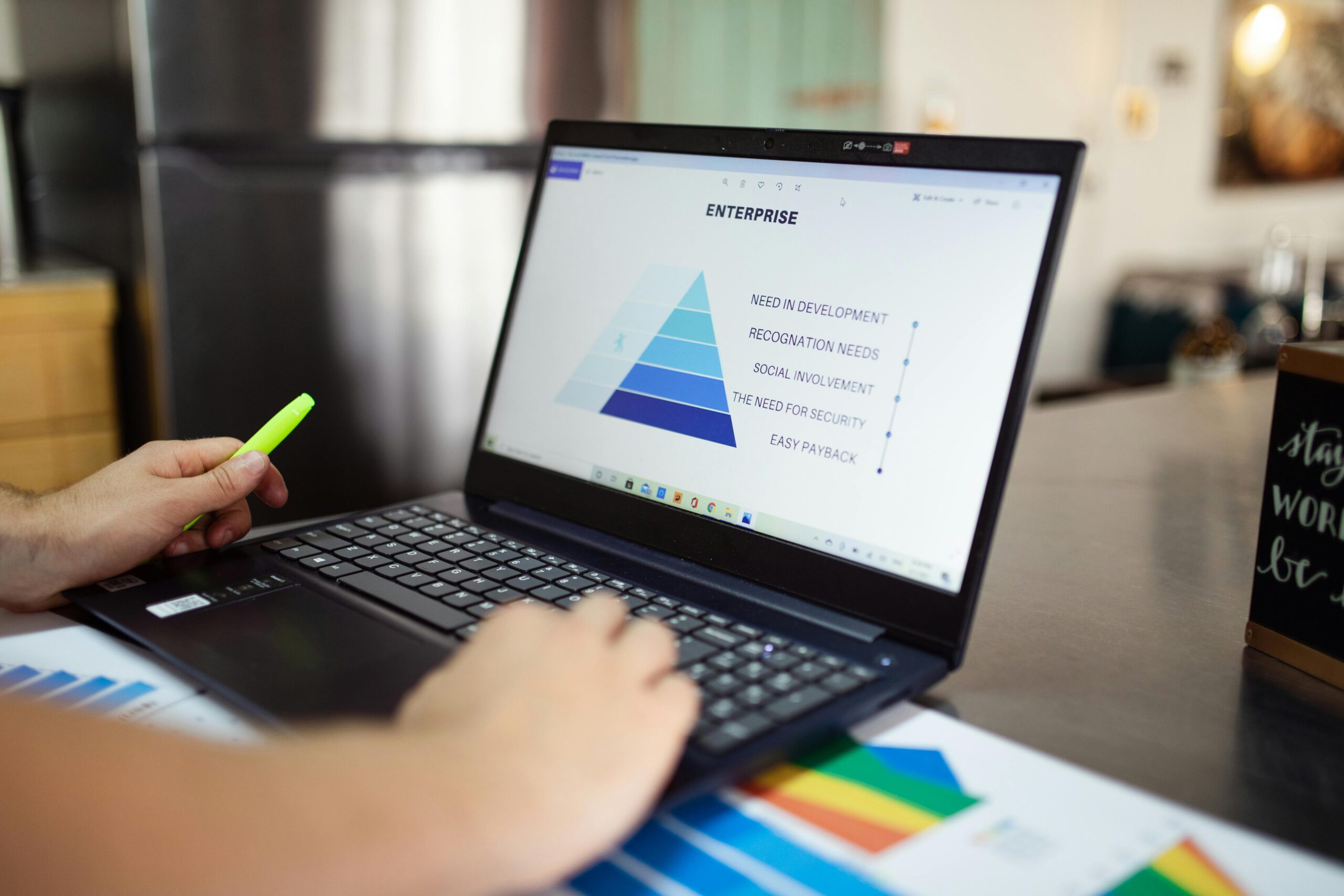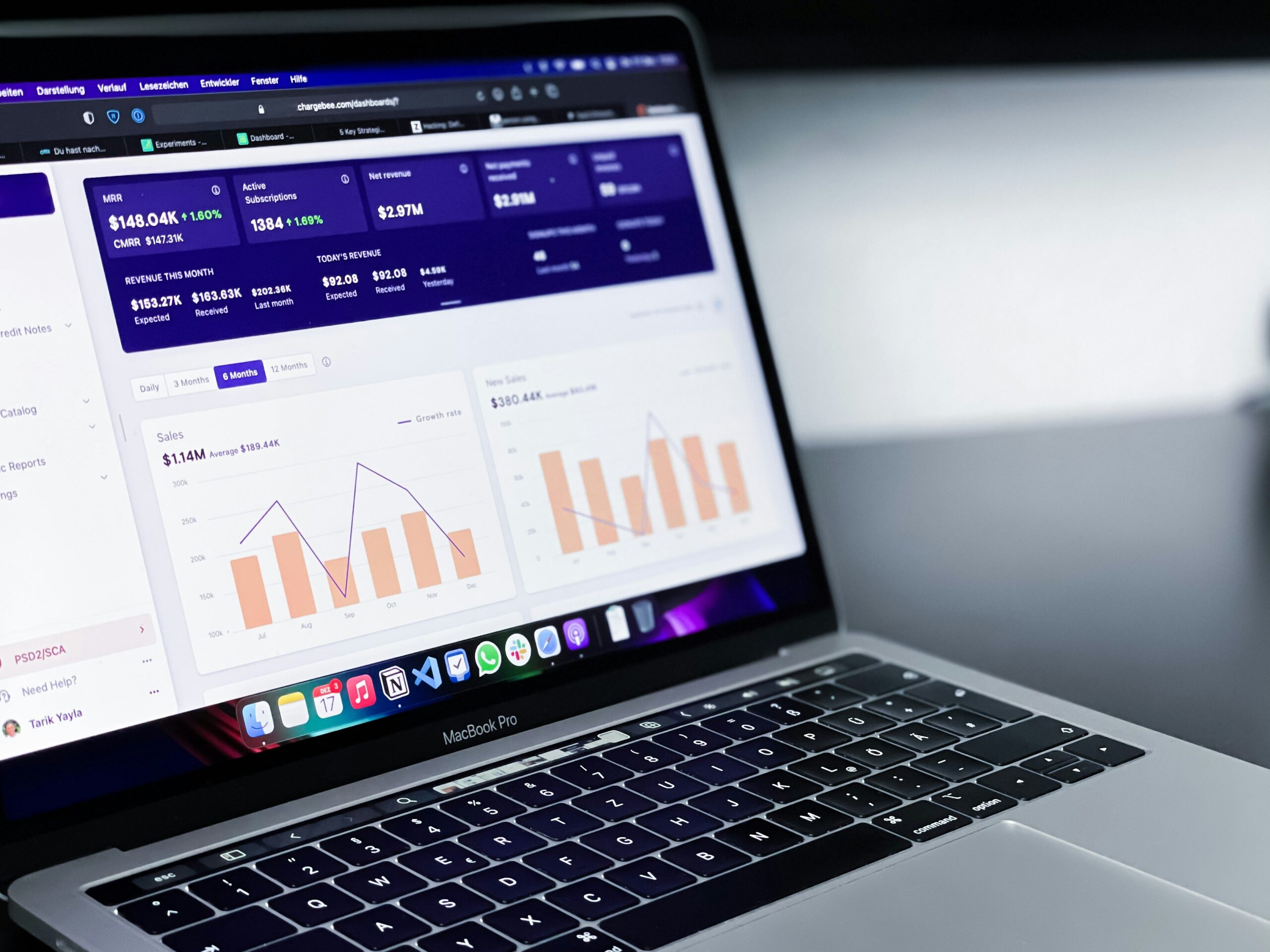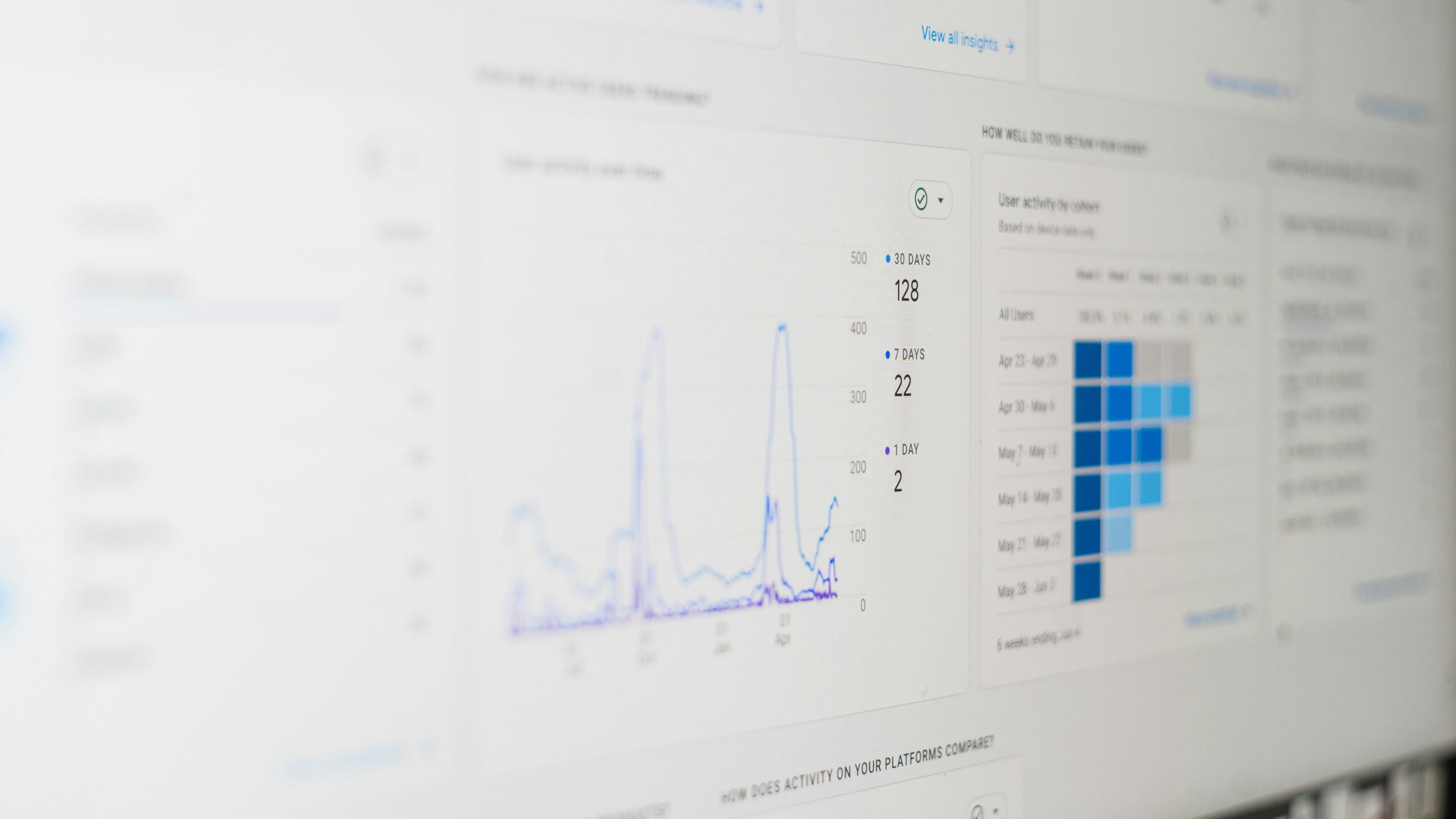March 2025 Google Core Update: Complete Guide and Analysis
The Google March 2025 Core Update has commanded the industry’s attention, instigating a profound shift in the search landscape. As each core algorithm update from Google rewrites expectations for webmasters and SEO professionals, understanding the nuances, immediate impact and strategic responses is critical for anyone reliant on organic search traffic. This guide offers a comprehensive exploration of the March 2025 Google algorithm update, including its main changes, SEO implications, industry-specific impacts and the proactive measures site owners must consider to ensure strong Google search visibility following this significant update.
Overview of the March 2025 Core Update
The March 2025 Google algorithm update continues Google’s tradition of enhancing search result quality and addressing both user intent evolution and shifts in content production behaviour. This core update rolled out globally between the 14th and 28th of March 2025, affecting English and non-English queries alike. Unlike minor refreshes, these core updates realign what Google’s algorithms deem relevant, authoritative and trustworthy.
Official communication from Google emphasised the update’s intent to “further elevate helpful, original content and better recognise genuine expertise across a wider spectrum of queries.” The search engine giant reaffirmed that neither penalties nor “punishments” are assigned to individual sites, but rather that improvements in how content is assessed led to fluctuations, rises and, in some cases, declines in ranking positions.
Key Changes Introduced in the Update
Dissecting the Google March 2025 Core Update reveals a constellation of crucial changes:
1. Enhanced Understanding of Author Expertise
In 2025, Google’s algorithms deepened their capacity to discern authentic professional credibility. The March core update bolsters E-E-A-T (Experience, Expertise, Authoritativeness, Trustworthiness) signals, paying closer attention to author profiles, credentials and demonstrated experience within both well-defined and emerging fields.
2. Heavier Emphasis on Originality
To address the proliferation of redundant or regurgitated online content, the algorithm upgrade introduced more sophisticated plagiarism and content originality checks. Pages heavily reliant on reworded or “spun” material, aggregate news or thin affiliate content have seen noticeable ranking volatility.
3. Audience Engagement Signals
The update integrates machine learning metrics that measure on-page engagement – such as scroll depth, dwell time and legitimate user interactions – while further disregarding manipulative signals such as bot traffic or artificially inflated metrics.
4. Semantic Refinement and Intent Alignment
Google has further optimised its ability to interpret nuanced search intent, matching queries with not just matching keywords but the true nature of user information needs or actions. This semantic advancement rewards content addressing full topical context, rather than siloed keyword phrases.
5. Stricter Demotion of Low-Quality Link Patterns
Backlink profiles came under renewed scrutiny, with more robust detection of PBNs (private blog networks), manipulative link exchanges and paid backlink schemes. The consequences include algorithmic devaluation of sites with unnatural inbound link growth or histories.
How the Update Affects SEO and Rankings
Visibility Fluctuations
The Google core update impact has led to marked swings in rankings for competitive commercial queries and “Your Money or Your Life” (YMYL) topics such as health, finance and legal advice. Many sites previously buoyed by moderately authoritative content experienced sharp declines, while truly expert-driven resources saw measurable gains.
Content Assessment Paradigms
Thin content, duplicate articles and sites heavy on programmatic or AI-generated material without significant human oversight generally encountered downward momentum. By contrast, comprehensive, well-referenced and genuinely useful guides received algorithmic favour.
Technical Improvements and Penalties
Technical SEO, including site speed, mobile responsiveness and secure connections, retained importance. Though no new penalties were introduced, sites neglecting HTTPS, mobile usability or suffering from excessive interstitials experienced secondary ranking challenges.
Reinforced Location and Language Signals
The March 2025 update SEO guide notes that Google now more precisely aligns websites’ regional content with user location – even disambiguating between British and American medical advice or legal guidelines – furthering the need for locale-specific pages and targeted hreflang configurations.
Industries Most Impacted by the March 2025 Update
The Google algorithm March 2025 adjustments affected varying industries with distinct intensity:
YMYL (Your Money or Your Life)
Finance, medicine, insurance and legal sectors saw high volatility as Google cracked down on “grey-area” advice, poorly referenced content and faceless affiliate models. Medical portals relying on freelance or pseudonymous authors experienced particular upheaval.
News and Media
Aggregator platforms and news curators lost organic traffic to originators with deeper editorial provenance or recognised subject-matter experts. Local news sites demonstrating original reporting outpaced those merely summarising third-party content.
Affiliate and Product Review Sites
Review platforms using templated formats or limited first-hand product experience suffered. In contrast, sites offering in-depth analysis, unique photos, videos and comparison data performed better post-update.
E-Commerce
Retailers with duplicated manufacturer descriptions or minimal unique content felt downward pressure, while merchants curating original buying guides and customer reviews secured enhanced visibility.
Recommended Actions for Website Owners
Facing the Google core update impact, website owners must take measured, strategic actions:
1. Audit Author Profiles
Update and enrich author bios, demonstrate real qualifications, link to external professional profiles and encourage guest contributions from recognised subject experts.
2. Refresh and Deepen Content
Prune thin, outdated or duplicative content. Expand high-potential articles to more fully satisfy searcher intent and prioritise unique research, data or commentary.
3. Invest in User Experience
Optimise for speed, mobile usability and clean navigation. Reduce intrusive ads. Focus on clear, readable and engaging presentation.
4. Disavow and Clean Backlink Profiles
Regularly audit for spammy or irrelevant backlinks using authoritative tools. Disavow harmful links and cultivate high-quality editorial placements.
5. Strengthen Local and Language Signals
Implement or refine hreflang tags. Tailor content to cultural and regional nuances.
Monitoring Your Traffic Post-Update
Immediately following the update, vigilance is vital. Use analytics suites such as Google Analytics and Search Console to:
- Track organic traffic by page, region and device.
- Monitor keyword ranking fluctuations and identify both “winners” and “losers.”
- Investigate high-value pages and analyse which elements contributed to retention or losses.
- Record indexed pages, crawl behaviour and newly reported errors post-algorithm update.
Export “before and after” data for historical benchmarking and adjust tactical priorities in response to revealed strengths or vulnerabilities.
Expert Opinions and Analyses
Leading SEO practitioners view the Google search ranking update 2025 as a pivotal recalibration toward authenticity, utility and deep engagement. Lily Ray (Amsive Digital) describes the update as “the most aggressive push yet against surface-level AI-written content, reaffirming the value of real-world expertise”.
Semrush Sensor revealed volatility scores above 8.0 for days in a row across the Health, News and Financial verticals – a rarity since the September 2022 update. Sistrix research highlighted that domains with transparent author attribution and user-generated, interactive features (e.g., expert Q&As or verified reviews) shot up in rankings.
Discussions on Reddit’s r/SEO and Twitter reflect consensus that the update rewarded sites willing to invest in authenticity, substance and trust – not simply surface-level optimisation.
Preparing for Future Google Core Updates
Anticipating further Google core updates means instilling adaptive processes and a culture of continuous improvement:
- Institutionalise regular content audits, focusing on E-E-A-T and originality.
- Diversify traffic sources to reduce reliance on Google alone.
- Stay current with Google’s Search Central Blog and industry conferences for early signals.
- Test structured data enhancements and emerging web standards to future-proof visibility.
- Foster ongoing, transparent relationships with real-world experts and contributors.
Sites that treat Google’s core updates as catalysts for genuine information improvement – rather than quick-fix technical exercises – tend to weather future storms with greater resiliency and long-term growth.
Conclusion
The March 2025 Google Core Update invigorates the pursuit of digital excellence, amplifying the need for original, high-quality content developed by true experts. Understanding the Google core update impact, analysing site-specific changes and investing in both users and technical best practices equips brands and publishers with the tools to thrive well into 2025 and beyond. Those receptive to Google’s evolving expectations will not only recover from ranking shifts but will stand to benefit from a renewed, durable authority across search results.






